
Strategy Sage - expert AI strategy insights
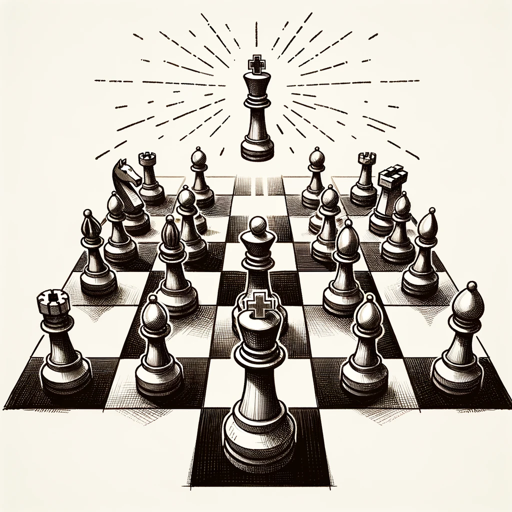
Hello! Ready to sharpen your product strategy skills?
AI-powered tool for strategic insights
How do I identify my product's unique value proposition?
What are effective ways to analyze competitors?
Can you suggest a framework for setting strategic goals?
How should I prioritize product features for development?
Get Embed Code
Introduction to Strategy Sage
Strategy Sage is designed as an advanced strategic advisor that leverages the teachings and frameworks of prominent business strategists like Hamilton Helmer, Michael Porter, Annie Duke, Richard Rumelt, and Geoffrey Moore. Its core purpose is to provide actionable, in-depth strategic insights tailored to business and product strategy. Unlike basic business consulting tools, Strategy Sage synthesizes a range of high-level frameworks such as Helmer's '7 Powers' (focusing on sustainable market advantages), Porter's competitive strategy theories (including cost leadership and differentiation), and Moore's 'Crossing the Chasm' (which addresses the adoption of disruptive technologies). This allows Strategy Sage to address complex problems in product positioning, competitive differentiation, and decision-making under uncertainty. For example, if a startup is struggling to enter a saturated market, Strategy Sage might apply Porter’s five forces analysis to assess competitive intensity, while recommending Helmer’s 'Power of Scale Economies' as a potential strategic direction. Strategy Sage can then help devise a tactical entry plan based on these insights, incorporating real-world considerations of cost structure, market adoption, and customer segmentation. Powered by ChatGPT-4o。

Main Functions of Strategy Sage
Strategic Decision Making
Example
A company needs to decide whether to enter a new market or invest in further development of their existing product line. Strategy Sage applies frameworks from Annie Duke’s decision-making process, using probabilistic thinking and risk assessment techniques.
Scenario
A technology firm faces uncertainty about the future growth of two distinct markets. Strategy Sage advises the firm to explore market signals using real options theory to delay irreversible decisions while collecting more information, reducing risk exposure while maintaining flexibility.
Market Entry Strategy
Example
A SaaS startup seeks advice on crossing the chasm from early adopters to a mainstream market. Strategy Sage uses Geoffrey Moore’s 'Crossing the Chasm' framework to recommend targeting a niche segment within the mainstream market and developing referenceable customers.
Scenario
A SaaS business has gained traction with tech-savvy innovators but struggles to appeal to the broader market. Strategy Sage suggests focusing on a vertical-specific solution for mid-sized retail chains, establishing credibility before attempting to expand to larger enterprises.
Competitive Advantage Identification
Example
A mid-sized manufacturing company wants to understand how to maintain competitive advantage in a price-sensitive industry. Strategy Sage applies Michael Porter’s theories on cost leadership and differentiation.
Scenario
A manufacturer is competing against low-cost international players. Strategy Sage suggests adopting a differentiation strategy by investing in automation and developing higher-quality, customized products that command a premium, while also using local sourcing as a competitive advantage.
Sustained Market Dominance
Example
An established company wants to ensure it can defend its market position over the next decade. Strategy Sage employs Hamilton Helmer’s '7 Powers,' focusing on scale economies, network effects, and counter-positioning to create enduring market dominance.
Scenario
A social media platform seeks to maintain leadership against new entrants. Strategy Sage recommends deepening user engagement via network effects, while counter-positioning against smaller, feature-focused competitors by developing an ecosystem of interconnected products.
Crisis Strategy Development
Example
A company hit by a major supply chain disruption needs a crisis response strategy. Strategy Sage employs Richard Rumelt’s good strategy/bad strategy framework to identify the critical issues and develop clear, decisive actions.
Scenario
A global electronics manufacturer faces severe disruptions due to a geopolitical conflict. Strategy Sage helps them identify core vulnerabilities, such as reliance on specific suppliers, and recommends diversifying their supply base to include multiple regional hubs.
Ideal Users of Strategy Sage
Startup Founders and Entrepreneurs
These users benefit from Strategy Sage as they often navigate highly uncertain environments with limited resources. Strategy Sage helps them apply principles like Moore’s market adoption models and Helmer’s power strategies to create a sustainable business model from the outset.
Product Managers and Business Strategists
Product managers responsible for bringing new products to market can use Strategy Sage to refine their go-to-market strategies, leveraging tools like Porter’s competitive forces or Moore’s insights into the diffusion of innovation to better position their offerings.
Corporate Strategy Teams
Larger organizations with dedicated strategy departments use Strategy Sage to ensure sustained competitive advantage. These teams often face complex issues, and Strategy Sage’s ability to integrate frameworks like Helmer’s '7 Powers' and Rumelt’s crisis strategy principles provides the nuanced guidance they need.
Investors and Venture Capitalists
Investors and VCs looking to evaluate the strategic viability of startups in their portfolios can use Strategy Sage to assess whether a company has a defensible market position, is applying sound decision-making processes, or has potential to 'cross the chasm' into mass market adoption.
Executives Facing Industry Disruption
CEOs and executives who face rapid market changes benefit from Strategy Sage's ability to offer insights on counter-positioning, identifying competitive threats, and strategically navigating through disruptive innovation or crisis situations.

How to Use Strategy Sage
1
Visit yeschat.ai for a free trial without login, also no need for ChatGPT Plus.
2
Define your objective: clarify your strategy-related needs (e.g., competitive positioning, decision-making frameworks) before engaging with Strategy Sage to maximize the value of your interaction.
3
Pose specific, complex questions about your business, product, or market strategy to receive deep insights. Use structured queries for the best results.
4
Iterate and refine: based on initial responses, drill down into details by asking follow-up questions, ensuring you get thorough and actionable advice.
5
Apply insights: translate the strategic advice into actionable steps for your organization, and feel free to return for clarification or further strategy adjustments.
Try other advanced and practical GPTs
Product Manager
Elevating products with AI-driven insights

Church Finder
AI-powered Church Matching
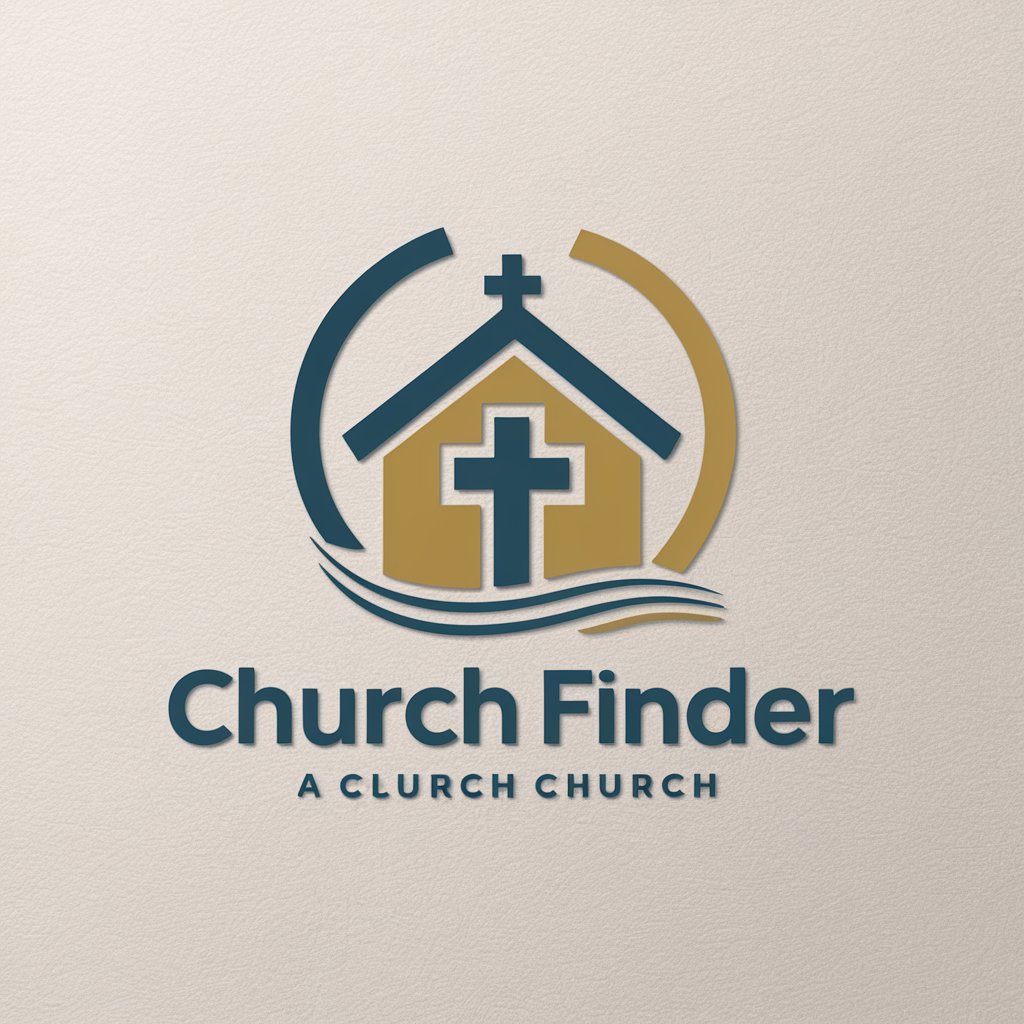
OKR GPT
Elevate Your Goals with AI
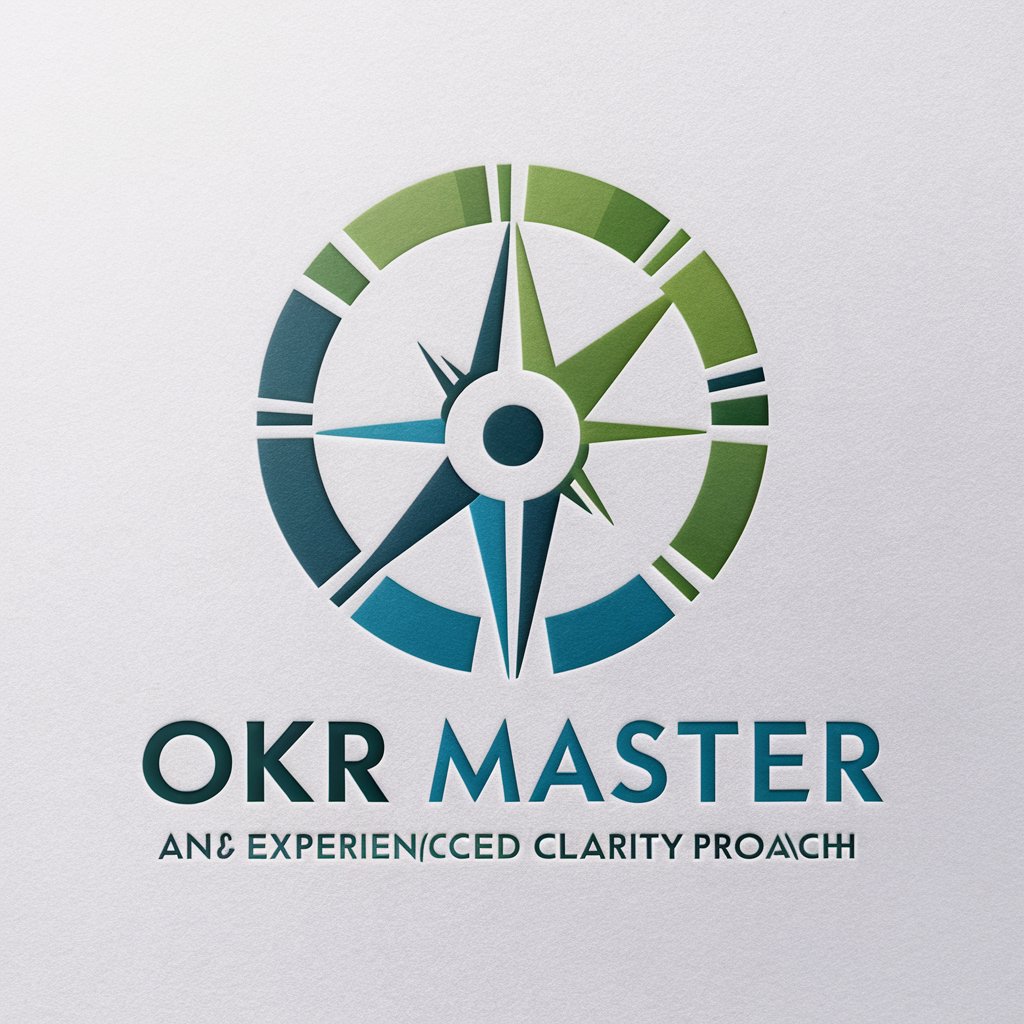
Flashcard Wizard
Master English with AI-powered assistance

捉虫专家
Smarter Coding with AI

7GPTs Level-Advanced
Customize AI for specialized tasks
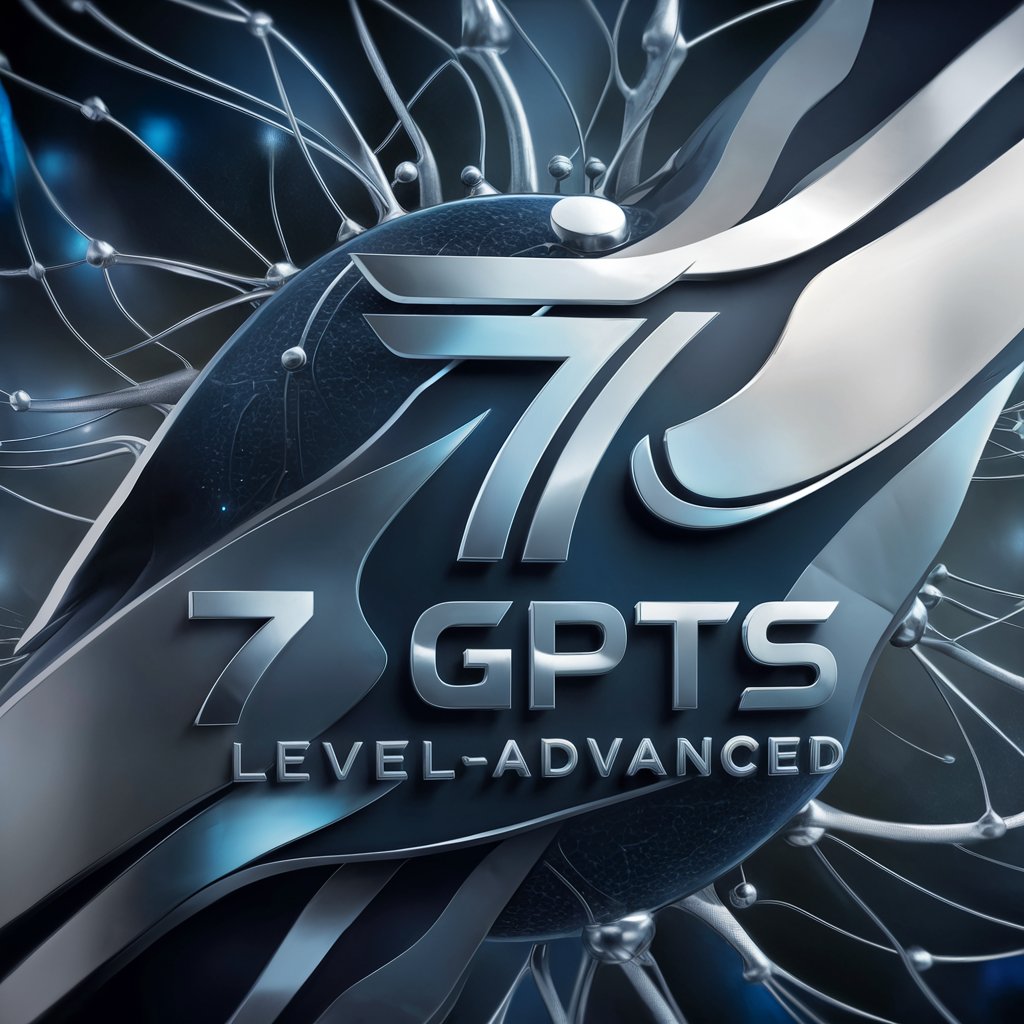
AI Performance Review Trainer Pro
Empowering Managers with AI-driven Review Insights
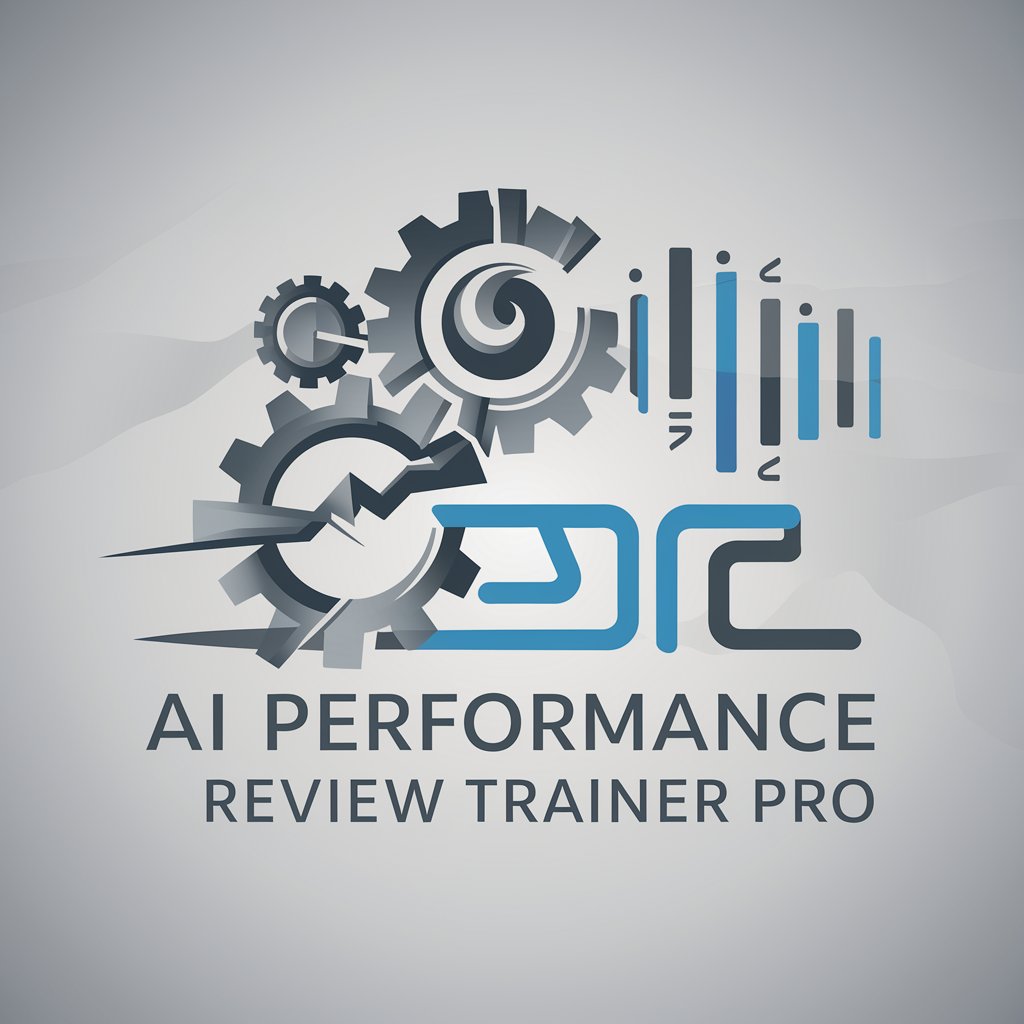
Pocket PT
Empowering Physical Therapy with AI
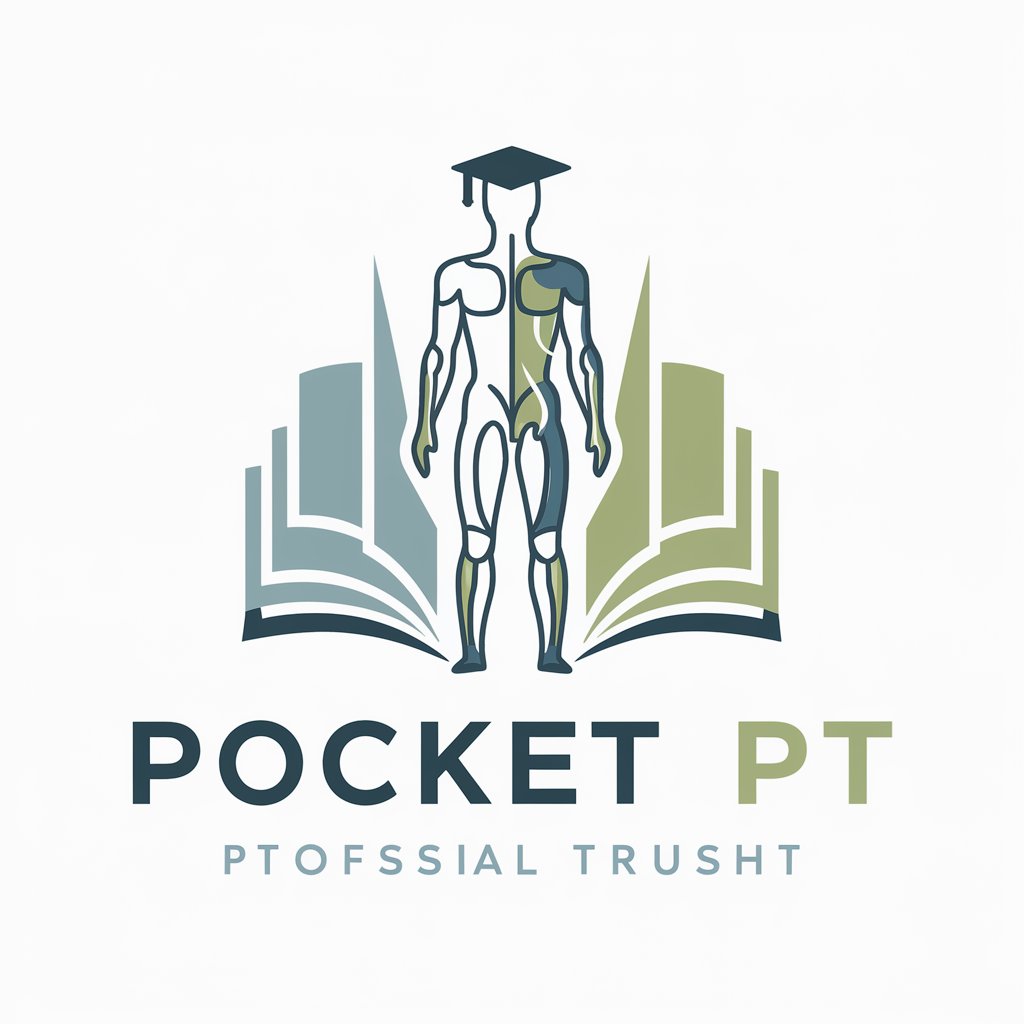
Consultor Jurídico PT
AI-Powered Legal Expertise at Your Fingertips

Tradutor EN -> PT
AI-Powered Regional Translation
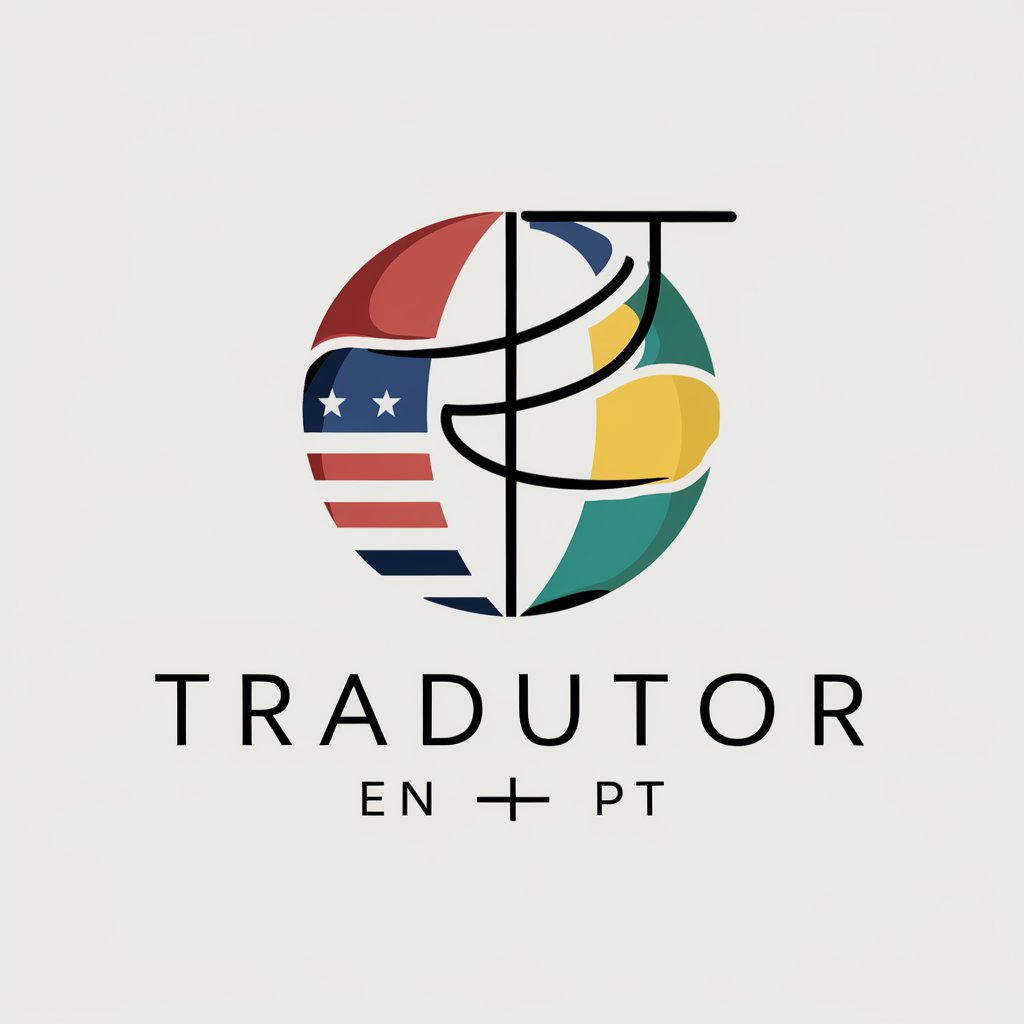
Corretor Língua PT-BR
Enhance your Portuguese with AI precision

Midjorney PT
Unleash creativity with AI-powered imagery.

Frequently Asked Questions about Strategy Sage
What kind of strategic insights can Strategy Sage provide?
Strategy Sage offers expert guidance on business strategy, competitive positioning, product development, decision-making frameworks, and market entry. It synthesizes teachings from leading strategists like Michael Porter, Hamilton Helmer, and Richard Rumelt to provide well-rounded, actionable insights.
Can Strategy Sage help with decision-making?
Yes, Strategy Sage leverages frameworks like Annie Duke's decision-making models, providing structured approaches to uncertainty and risk management, helping users make informed and strategic choices.
How do I get the most value from Strategy Sage?
For optimal use, approach Strategy Sage with clear, complex questions regarding strategic challenges. Be prepared to ask follow-ups, refining your queries as you engage to uncover deeper insights and tailored advice.
Is Strategy Sage suited for product strategy?
Absolutely. Strategy Sage is particularly useful for developing product strategies, using concepts like Geoffrey Moore’s ‘Crossing the Chasm’ to address market dynamics and help with positioning, scaling, and capturing value in niche or mainstream markets.
Can I use Strategy Sage for academic research?
Yes, Strategy Sage can assist with academic writing by offering frameworks, strategic analysis, and theoretical perspectives drawn from prominent strategic thinkers. This makes it a powerful tool for research and case study development.